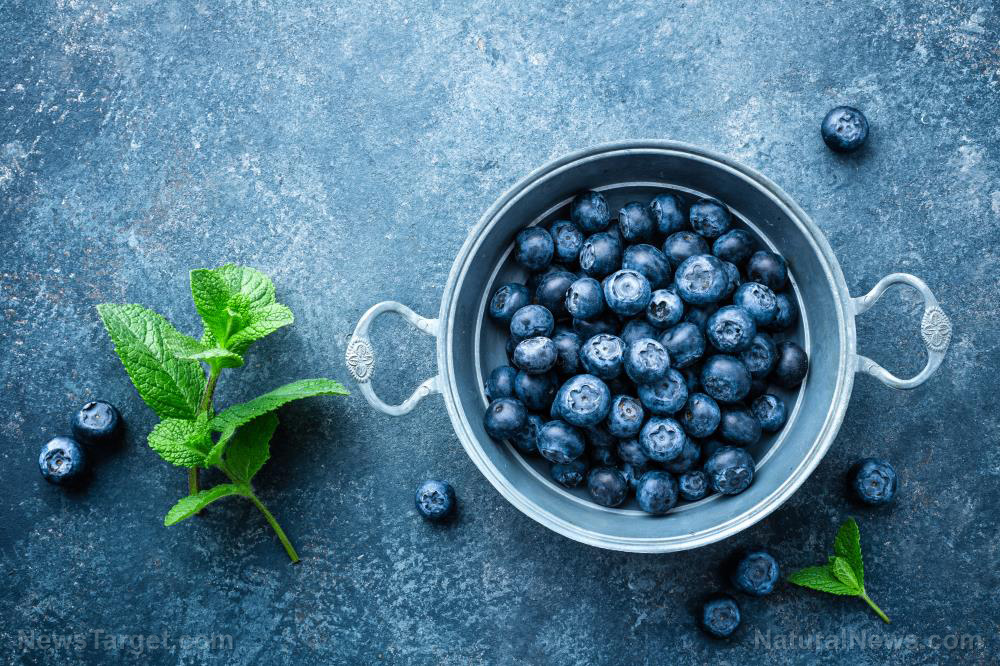
Inflammation is a process of the immune system that protects the body against disease. It is an immune response that triggers when an irritant appears inside the body and starts disrupting the healthy balance of the body.
The most common causes of inflammation include the following:
- Disease-cause microorganisms like bacteria, fungi, and viruses
- External injuries and damage caused by foreign objects
- Reactions to chemicals or radiation
- Diseases and medical conditions, many of which end in -itis like arthritis
Symptoms of ongoing inflammation include high temperature, loss of function, pain, redness and swelling. A person experiencing inflammation may feel ill, exhausted and feverish.
Inflammation increases the number of antibodies and immune cells in the body. The molecules alter the behaviors of cells and tissues to fight off potential infections. However, inflammation does not always assist a person. Excessive or prolonged attacks of inflammation will eventually weaken the body, making it more vulnerable to disease. (Related: Polyphenols: They give green tea its anti-obesity and anti-inflammatory properties.)
What makes an anti-inflammatory diet?
Understandably, eating foods that trigger inflammation will disrupt the natural state of the body. Conversely, eating anti-inflammatory foods will keep inflammatory attacks at bay and maintain good health.
An anti-inflammatory diet is a healthy way of eating. It minimizes food that contains inflammation-causing substances. At the same time, it contains various foods that suppress any inflammatory agents in the body. Anti-inflammatory foods include unprocessed or minimally-processed foods, including raw foods. For plant-based foods, this means fruits and vegetables with as little starch and sugar as possible.
Additional inflammation-fighting foods include olive oil and other sources of monounsaturated fats. Fatty fish and health supplements provide omega-3 fatty acids, which are nutrients that possess anti-inflammatory properties.
Anti-inflammatory diets reject food with high glycemic indices. These edibles contain high levels of easily-accessed starches and sugars that cause sharp spikes in blood sugar levels. Refined sugars and refined wheat are two examples of these unhealthy foods.
Examples of anti-inflammatory diets
Aside from getting rid of inflammation-causing foods, some anti-inflammatory diets also recommended foodstuff that did not necessarily reduce or prevent inflammatory attacks. Instead, the suggested foods provide other health benefits unrelated to inflammation.
For example, the Paleo diet tries to replicate the diet of ancient human hunter-gatherers during the Paleolithic era. It gets rid of dairy, grains, and legumes since those foods became available during the switch from Stone Age hunting and gathering to sedentary agriculture.
Likewise, the autoimmune protocol (AIP) diet that works to prevent "leaky gut" by plugging up the tiny holes in the intestines. It forbids vegetables belonging to the nightshade family, which includes eggplant, peppers, and tomatoes.
Other well-known anti-inflammatory diets include the Mediterranean and Zone diets. As its name implies, a Med diet replicates the kind of foods eaten by countries that border the Mediterranean Sea, such as whole grains and fish.
Meanwhile, the Zone diet promotes a 30:40 ratio of proteins to carbohydrates. Developed by Barry Sears, the diet brings the body to a "zone" with the right levels of insulin and glucagon hormones. Once in that zone, the body starts producing eicosanoids, natural chemicals that fight inflammation.
A proper anti-inflammatory diet will reduce inflammatory markers in the body, leading to fewer heart complications in patients with heart disease.
For people who want to take up an anti-inflammatory diet, they must learn about the general properties of their food. Then they may pick an established diet that suits their situation.
Sources include:
NaturalMedicines.TherapeuticResearch.com
Please contact us for more information.























